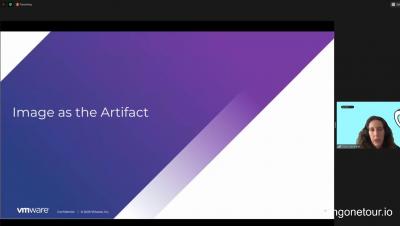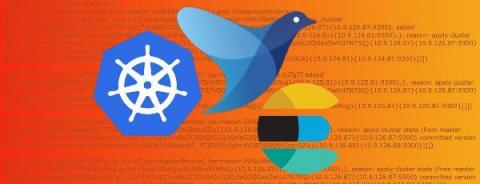Operations | Monitoring | ITSM | DevOps | Cloud
DevOps
The latest News and Information on DevOps, CI/CD, Automation and related technologies.
Puppet Camp America West: Puppet ENC - A ServiceNow Scoped Application
Puppet Camp America West: Team Workspaces: Giving Autonomy to Internal Consumers
Puppet Camp America West: Telemetry Doesn't Have to be Scary
Puppet Camp America West: Lighting Talks!
Autoscaling an Amazon Elastic Kubernetes Service cluster
In this article we are going to consider the two most common methods for Autoscaling in EKS cluster: The Horizontal Pod Autoscaler or HPA is a Kubernetes component that automatically scales your service based on metrics such as CPU utilization or others, as defined through the Kubernetes metric server. The HPA scales the pods in either a deployment or replica set, and is implemented as a Kubernetes API resource and a controller.
The CI/CD Experience: Kubernetes Edition with Cora Iberkleid and Andreas Evers
Logging for Kubernetes: fluentd and ElasticSearch
This article will focus on using fluentd and ElasticSearch (ES) to log for Kubernetes (k8s). This article contains useful information about microservices architecture, containers, and logging. Additionally, we have shared code and concise explanations on how to implement it, so that you can use it when you start logging in your own apps. Useful Terminology.
3 ways to bridge the DevOps gap between tools and teams
Monitoring the Mattermost server with Prometheus and Grafana
Lately we’ve been working on improving different parts of the Mattermost server, including our monitoring and observability capabilities. We’ve been using Prometheus and Grafana to monitor our cluster for a while now, and you can read this great post where my colleague Stylianos explains how we have them working for our multi-cluster environment.











